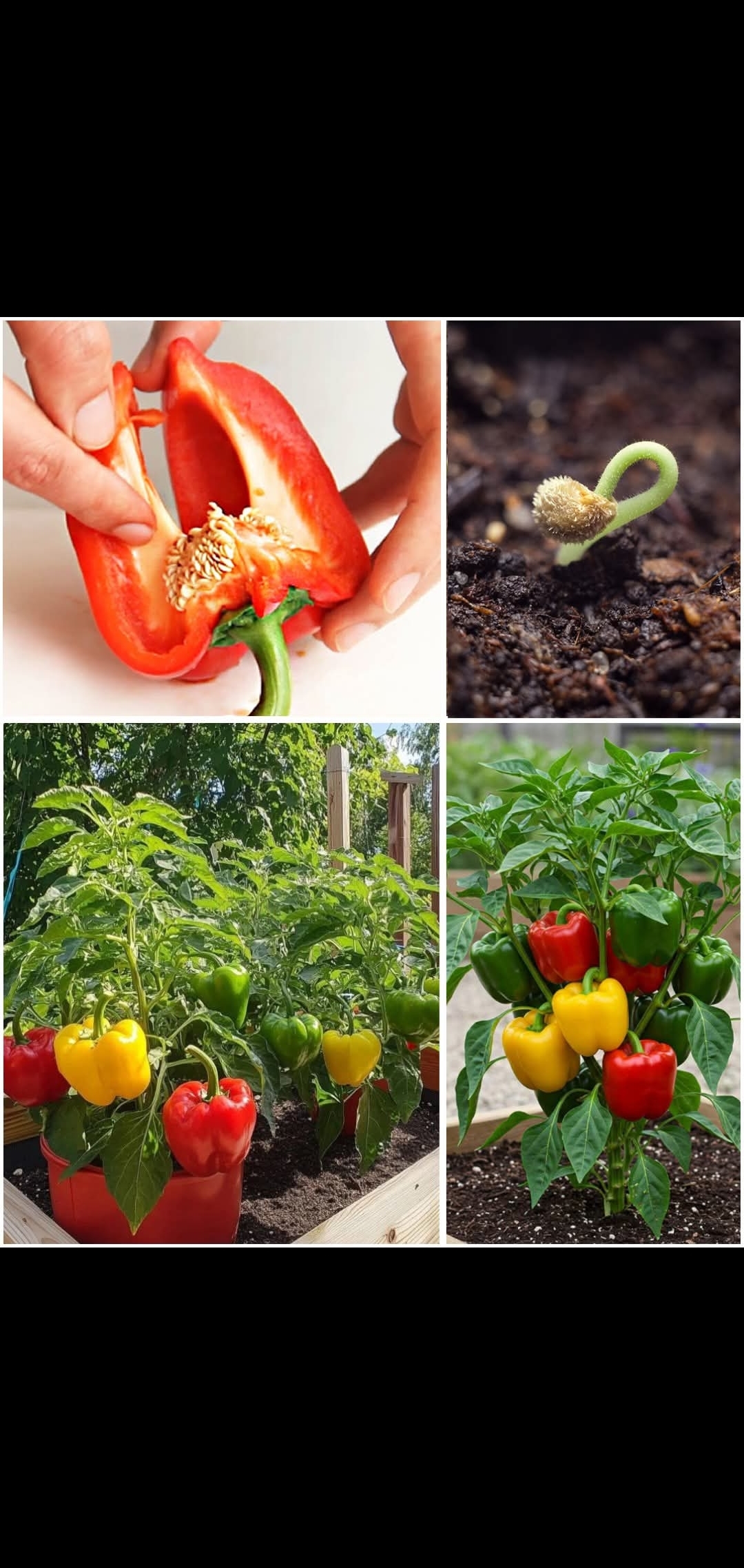The Best Ways to Germinate Pepper Seeds for Faster, Healthier Growth
Growing peppers at home is one of the most rewarding experiences in organic gardening. Whether you prefer sweet bell peppers, spicy chili peppers, or rare heirloom varieties, everything starts with strong and healthy seed germination. Many gardeners struggle with slow or uneven germination, but with the right techniques, you can dramatically increase success and grow high-yield pepper plants right from your home garden.
This guide covers the most effective methods for germinating pepper seeds quickly and reliably, ideal for anyone interested in indoor gardening, sustainable living, home improvement, and productivity gardening.
Why Pepper Seed Germination Can Be Tricky
Peppers originate from warm climates, and their seeds naturally need heat, moisture, and stable conditions to sprout. Standard room temperatures often slow the process, which is why many gardeners experience poor germination.
The good news: using proper techniques ensures faster, stronger seedlings and more productive plants.
The Best Ways to Germinate Pepper Seeds
1. Warm Water Pre-Soak Method
One of the most effective ways to boost germination is to pre-soak the seeds.
How It Works
Soaking softens the seed coat and activates internal growth enzymes.
Steps
• Heat water until it is warm—not hot.
• Soak seeds for 8 to 12 hours.
• Plant immediately after soaking.
Why It Works
Warm water mimics tropical rain conditions, helping seeds wake up faster.
2. Paper Towel Germination Method (Most Reliable)
This method is popular among gardeners who want fast, visible results.
Steps
• Moisten a paper towel with warm water.
• Spread pepper seeds evenly on the towel.
• Fold the towel and place it in a sealed plastic bag or container.
• Keep it in a warm place (25–30°C).
• Check daily for sprouting.
Benefits
• You can see which seeds germinate.
• Faster sprouting due to controlled moisture and heat.
• Prevents seed rot.
3. Heat Mat Germination for Cold Climates
A heat mat is one of the most powerful tools in home gardening to improve seed germination.
Steps
• Place seed trays on a heat mat.
• Keep soil temperature between 26–30°C.
• Maintain consistent moisture using a spray bottle.
Benefits
• Stabilizes temperature for fast germination.
• Ideal for indoor gardening or winter planting.
4. Using High-Quality Seed Starting Mix
Pepper seeds do best in a light, airy medium with excellent drainage.
Best Mix Options
• Seed starting mix
• Coconut coir
• Peat-based germination mix
• Vermiculite-enhanced soil
What to Avoid
Regular garden soil, which is too heavy and slows sprouting.
5. Pre-Sprouting in a Mini Greenhouse
A humidity dome or small greenhouse creates the ideal environment for germination.
Steps
• Fill trays with seed starter mix.
• Plant seeds ¼ inch deep.
• Mist lightly.
• Cover with a humidity dome.
• Keep trays in a warm location with indirect light.
Benefits
• Faster sprouting
• Controlled humidity
• Less watering needed
6. Hydrogen Peroxide Disinfection Method (Optional but Helpful)
Hydrogen peroxide helps prevent fungus and speeds up germination.
Steps
• Mix 1 teaspoon hydrogen peroxide in 1 cup of water.
• Soak seeds for 5 minutes.
• Rinse and plant normally.
Benefits
• Reduces mold
• Improves seed viability
After Germination: How to Keep Pepper Seedlings Strong
Once your seeds sprout, follow these essential care tips:
Provide Bright Light
Use grow lights or place seedlings near a sunny window.
Maintain Warm Temperatures
Peppers thrive at 21–27°C during early growth.
Water Lightly
Overwatering causes damping-off disease. Keep soil moist, not wet.
Transplant Carefully
Move seedlings to individual pots once they grow 2–3 true leaves.
Feed with Balanced Fertilizer
Use a mild organic fertilizer to boost early growth.
These steps ensure robust plants ready for outdoor planting or container gardening.
Final Thoughts
Growing peppers from seed is easier than most people think—especially when using proven germination methods. With warm temperatures, proper moisture control, and early care, you can grow an endless supply of peppers right from your backyard, balcony, or indoor gardening setup.
This gardening topic also helps new gardeners learn home improvement techniques, organic vegetable production, and sustainable living practices. Whether you’re growing bell peppers, sweet peppers, or hot chilies, these germination methods will set you up for a productive, high-yield garden.
